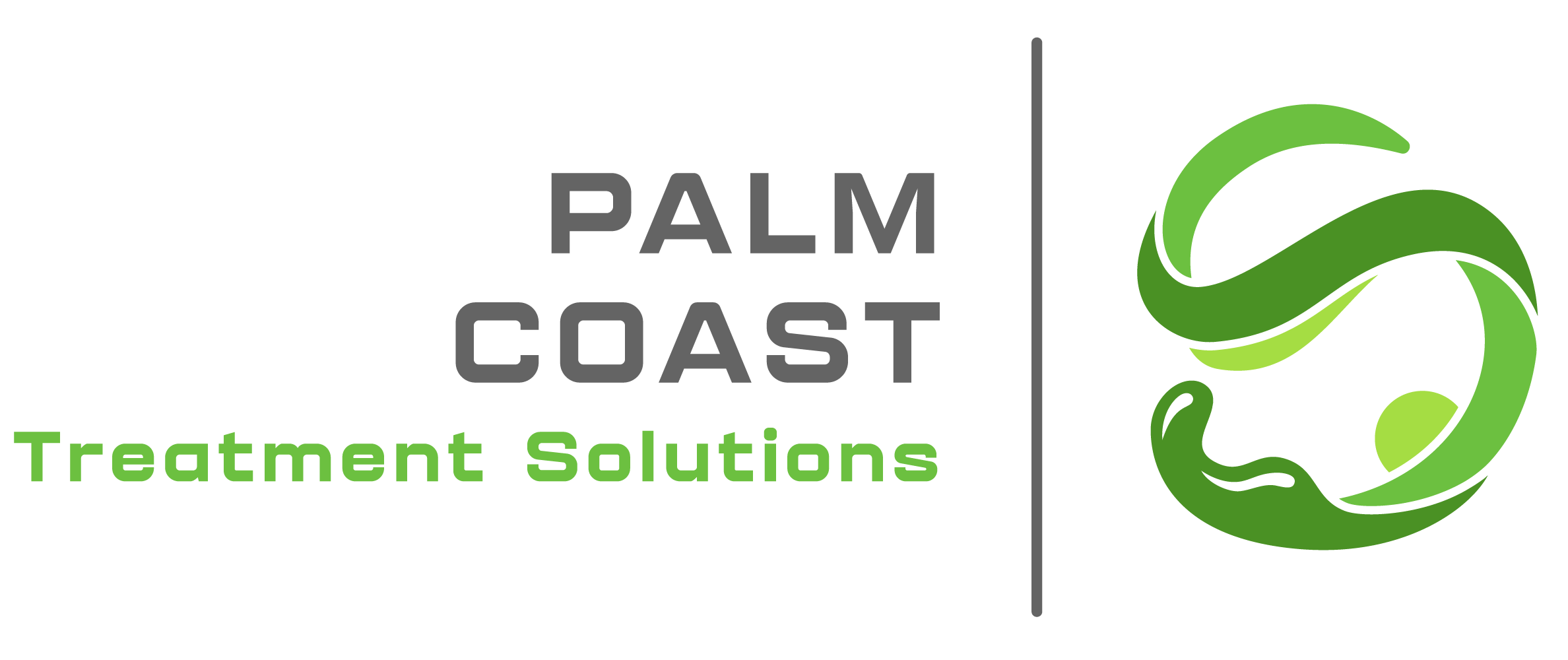Home > Clinical Outcomes & Key Findings
Solutions Healthcare Annual Clinical Outcomes & Key Findings Report
Americans’ Treatment Needs Are Growing
According to the National Alliance of Mental Illness (NAMI)1, the National Institute of Mental Health (NIMH)2, Allied Disorders (ANAD)3 and National Center for Drug Abuse Statistics (NCDAS)4, among U.S. adults:
1 in 5
experiencing a mental disorders
1 in 15
experienced both a substance abuse disorder and mental illness
1 in 20
experienced a severe mental health conditions
58.8 M
16% of Americans are drug and alcohol addicted
Measured Impact
We closely monitor our clinical results as the guarantee that our programs will help a person to sustain recovery, which is ensured by their effectiveness.
Monitoring the process and analyzing the outcome helps us enhance the quality of our services, helping to give people the power in their way to more adequate health and long-term wellness.
Download Solutions Healthcare Annual Clinical Outcomes Report
Solutions Healthcare's Clinical Effectiveness Assessment
Solutions Healthcare Behavioral Healthcare is collaborating with Harvard and McLean Hospital to gather and analyze our treatment results in terms of the 24-item Behavior and Symptom Identification Scale (BASIS-24) after treatment.
Difficulties in Emotional Regulation Scale (DERS), Brief Psychiatric Rating Scale (BPRS), Drug Attitude Inventory (DAI), and the Short Post-Traumatic Stress Disorder Rating Interview (SPRINT) to improve the evaluation of the impact and program development.
This study employed the Patient Health Questionnaire (PHQ-9), the Generalized Anxiety Disorder Scale (GAD-7), and the Brief Addiction Monitor – Revised (BAM-R) to measure the impact that Solutions Healthcare has on client mental health and recovery outcomes. A total of over 300 clients participated in the study, which tracked changes in depression, anxiety, substance use, risk factors, and protective factors over the course of one year. Data collection occurred at six time points: intake, discharge, one month, three months, six months, and one year post-
discharge.
To account for variation in participant follow-up and missing data points across the year, a generalized linear mixed model (GLMM) was used to analyze changes in scores over time. This statistical method allows for reliable estimation of treatment effects even when some clients completed only a subset of the follow-up assessments. The analysis revealed that clients entered treatment with severe symptoms of depression, anxiety, and substance use, often presenting with co-occurring conditions. Following treatment, participants experienced statistically significant and sustained improvements across all domains.
By one year post-discharge, clients showed a 76.4 percent reduction in substance use, a 56.5 percent reduction in risk factors, and a 190 percent increase in protective factors. In terms of mental health, depression scores (PHQ-9) declined by 63 percent, and anxiety scores (GAD-7) decreased by 58 percent. All changes were statistically significant at the .05 level, indicating with 95 percent confidence that the improvements were not due to random chance. These findings demonstrate that
Solutions Healthcare provides highly effective, evidence-based treatment that leads to meaningful, lasting change in clients’ mental health and recovery trajectories. The data were independently collected, analyzed, and reported by Pacific Analytics, a quantitative behavioral
health research firm.
Residential Outcomes
Behavior and Symptom Identification Scale (BASIS-24)
An instrument that was developed to evaluate the results of mental health or substance abuse treatment in the eyes of the client. Our mental health, addiction and mental disorder residential services are some of these outcomes.
2025 Outcomes
4-Year Longitudinal Average
Assesstment Outcomes
Assessment Methodologies and the Criteria
This study took a multipronged quantitative approach to best assess Solutions Healthcare programs’ effectiveness at improving client wellbeing.
Research evaluators analyzed the admission, discharge, one month post discharge, three months post discharge, six months post discharge, and one year post discharge PHQ-9, GAD-7 and BAM-R for approximately three hundred participants (n=300) admitted between April 15, 2024 and June 27, 2025. Clients entered treatment with a range of mental health diagnoses, frequently with co-morbidity.
Outcomes: Depression Levels (PHQ-9) Across Depression Treatment Timeline
The Estimates table shows how clients’ depression levels changed across different points in their recovery journey using the PHQ-9, a widely used depression scale. The numbers represent the average (mean) score at each time point, with higher scores indicating more severe depression.
Clients started with very high PHQ-9 scores, averaging over 24. This places them in the “severe depression” range, showing that most entered treatment in significant distress.
By the time clients completed treatment, their scores dropped by almost 9 points. This is a clinically meaningful improvement, although some clients were still showing moderate
symptoms.
Clients show significant improvement in depression symptoms through treatment, with gains
that mostly hold over time. Even one year later, average depression scores are still well below the
levels reported when entering the program.
Outcomes: Descriptive Statistics (GAD-7) Across Anxiety Level Timeline
The Descriptive Statistics table summarizes GAD-7 scores over time, highlighting changes in
anxiety symptoms across key treatment milestones. At intake, clients reported high average
anxiety levels (M = 20.24), consistent with severe clinical anxiety. By discharge, the mean score
dropped sharply to 8.63, indicating a substantial reduction in anxiety symptoms. Although
there was a slight increase in scores at later follow-up points, with averages of 9.48 at three
months, 7.45 at six months, and 9.42 at one year, clients maintained meaningful improvements
compared to intake. The increasing coefficient of variation over time suggests growing
individual differences in outcomes, which is a common trend as clients transition from
structured care to independent living.
Outcomes: Descriptive Statistics (BAM-R) Across Substance Abuse Factors
This table presents descriptive statistics for the BAM-R Use Domain, summarizing self-
reported substance use at each assessment point. At intake, the average use score was
13.62, indicating high levels of substance use prior to treatment. By discharge, this
average dropped dramatically to 1.40, reflecting a strong early treatment effect. The
lowest mean was observed at one month post-discharge (1.17), but this was based on a
small sample of 12 individuals. Scores remained relatively low at three months (3.20)
and one year (3.22), but showed a temporary increase at six months (10.60), suggesting
possible fluctuation or relapse for some clients during that period.
The coefficient of variation, which measures variability relative to the mean, was
highest at discharge (475.3%), indicating wide differences in individual experiences
after leaving treatment.
Discussion
The analysis shows that clients experience clinically significant improvements in depression and anxiety following treatment. These gains are largely sustained postdischarge. The GLMM method supports these findings by accounting for missing data and individual differences. While symptom scores increase slightly at the one-year interval, they remain well below intake levels. This suggests long-term benefits and highlights the potential need for followup care or check-ins beyond 12 months.
Conclusion
Solutions Healthcare’s treatment programs lead to substantial and statistically significant reductions in depression and anxiety symptoms. These outcomes demonstrate the value of structured mental health treatment and reinforce the effectiveness of longitudinal follow-up assessments. The results support continued investment in evidence-based programs and may inform value-based care negotiations, accreditation efforts, and programmatic decisions.
A Word From Our Founders
“We are proud of our clinical outcomes, which reflect the dedication of our team and the courage of our clients. At Solutions Healthcare, data drives our decisions, and client success drives our mission.”
– Dr. Zach Miller & Justin McCue
Founder and CFO & Co-Founder,
Solutions Healthcare
Get Started Today
There is hope of recovery and the data proves so. Whether it is you or a loved one, Solutions Healthcare offers solutions when it comes to mental health or substance use, and the beginning of a journey that tracks a measurable, permanent healing process.
📞 Call Now: 📝 Schedule an Assessment Today.
Solutions Healthcare – Where Real Results Begin.
WHAT OUR PATIENTS SAY
GET IN TOUCH
Reaching out to Palm Coast Treatment Solutions is one of the most important steps of your journey to recovery. A caring professional is waiting for your call to be your guide to addiction-free living.
- 100% confidential
- 24/7 Help
Are you or your loved one battling mental health and substance use disorders?
We're here to help. Reach our experts today!
BOOK AN APPOINTMENT
Please Call Us To Ensure.
"*" indicates required fields
Insurance Coverage – Most Private Plans Accepted!












Don’t let finances stand in the way of your recovery. We’re here to help you get the care you need.
Areas and Cities We Serve SUD & Mental Health Treatments
Areas and Cities We Serve SUD & Mental Health Treatments
- Oviedo
- Orlando
- Palm Coast
- Jacksonville
- Port St. Lucie
- Tampa
- Altamonte Springs
- Kissimmee
- St Cloud
- Winter Garden
- Winter Park
- Clermont
- Melbourne
- Sanford
- Deltona
- Lake Mary
- Mount Dora
- Leesburg
- The Villages
- Union Park
- St. Augustine
- Dupont
- Port Orange
- Ormond Beach
- Holly Hill
- Daytona
- Beach
- Edgewater
- Oak Hill
- Maytown
- Eldora
- Geneva
- Titusville
- Christmas
- Port St. John
- Port Canaveral
- Cocoa Beach
- Osteen
- Satellite Beach
- Palm Bay
- Roseland
- Sebastian
- Fellsmere
- Gifford
- Rockledge

